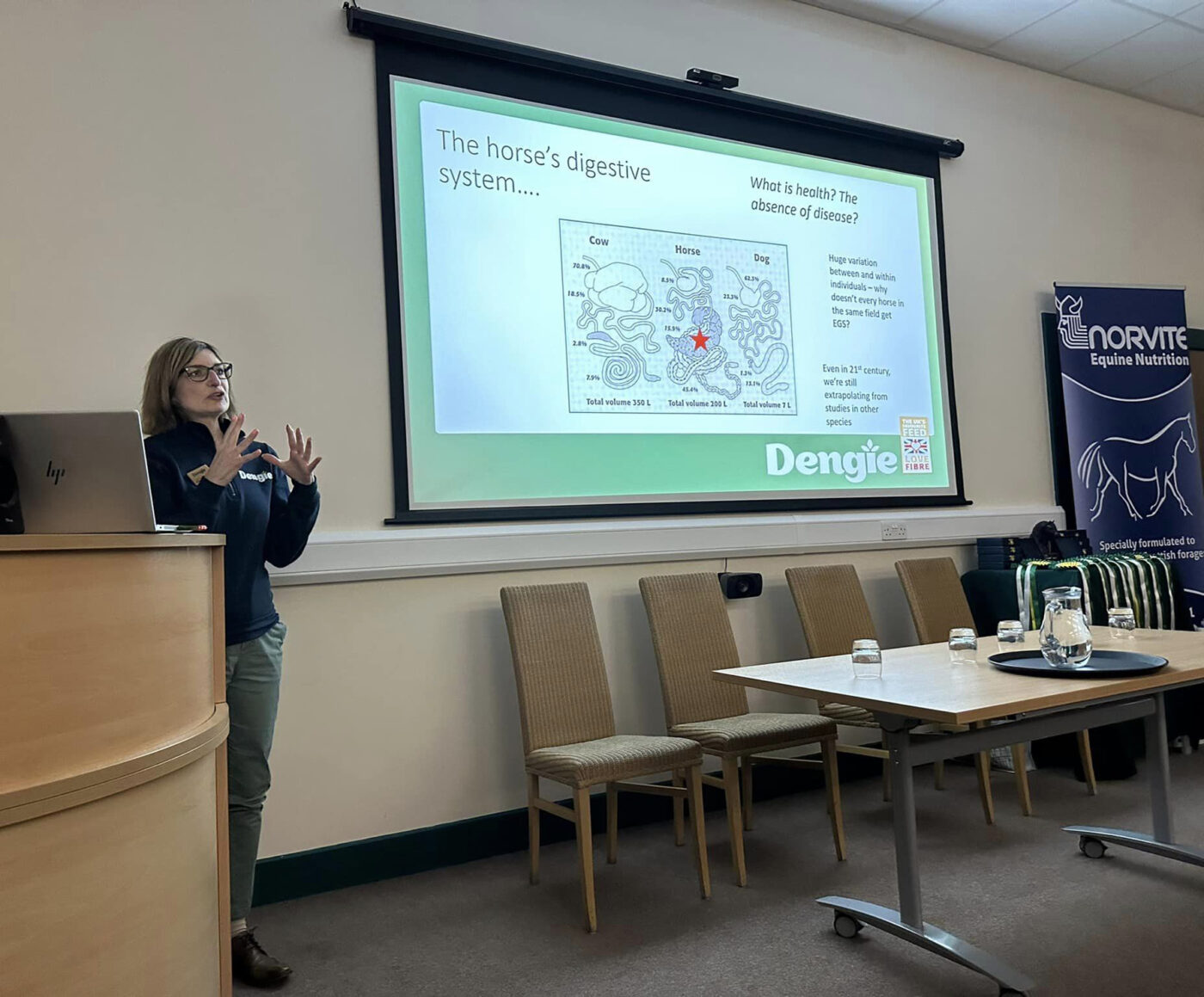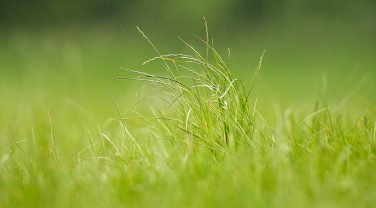Talking about the equine microbiome
Being a very keen gardener with a particular passion for roses, I listened to a Wild Inside podcast about aphids recently with interest. Aside from being amazed at how it was possible to dissect an aphid well enough to still see the anatomy of its digestive system, I was taken aback at the fact they rely on bacteria to help them maximise the nutrition they can obtain from plant sap! When one thinks about it, it probably isn’t that surprising as aphids are herbivores and so like the horse, need some help to make the most of the plant material they consume. The contrast in scale though, is quite amazing, with the aphid’s gut being fractions of a mm long whereas the horse’s is tens of metres long!
This also reminded me of the studies investigating the bacteria in Honeybees’ digestive systems and how the types of plants they feed on could be impacting their health and resilience when exposed to pathogens or harmful substances. Researchers are showing that a diverse diet for bees may help them to develop a more resilient microbiome both in their food store and consequently their digestive systems too.

All of this was running through my mind when I was asked to give a talk on the equine gut in health and disease at a recent meeting organised by the Equine Grass Sickness Fund kindly hosted by Norvite. Health can often be most easily defined as the obvious absence of disease but, in the case of the horse’s microbiome, a healthy one can very quickly change to an unhealthy one. It is often the case that the acute symptoms apparent to us, have actually been building over time so in fact represent a much more chronic challenge to the horse’s health and it was this that I tried to articulate in my talk. There are good reasons why the minimum forage intake for a horse is recommended to be 1.5% of bodyweight on a dry matter basis for the long term health of the horse and one of them is because it helps to keep the bugs in the digestive system well fed and therefore able to proliferate and keep harmful pathogens at bay aka competitive exclusion. It also helps to ensure a healthy layer of mucus – more on that in a future blog – but the take home message was very much if we want to keep our horses healthy, we have to look after the bugs they are host to.

The talk was really well attended and it was lovely to join in recognising some of the fantastic fund raising achievements by volunteers. Equine Grass Sickness (EGS) is a disease that leaves those who experience it desperate to do something so that others don’t have to go through what they have and so it is wonderful that Dr Beth Wells and her fellow researchers at the Moredun Institute are taking the research forward again.
It will be fascinating to see how our understanding of the equine microbiome evolves particularly in relation to diseases like EGS in the coming years, and how research in other species informs our overall knowledge of the interaction between the microbiota and the host animal. I also await with interest to see how the researchers exploring the digestive anatomy of the aphid, use this information to help create tools to control them and stop them eating my roses!
Some useful links:
Wild Inside – The Aphid – BBC Sounds
Honeybees are struggling to get enough good bacteria | Lancaster University


